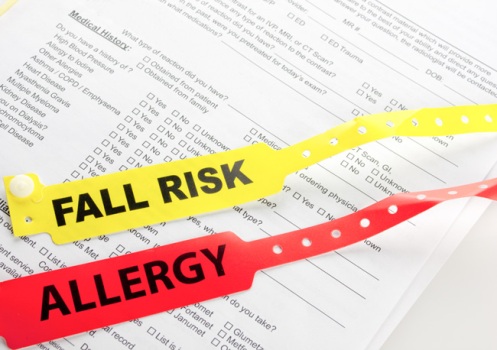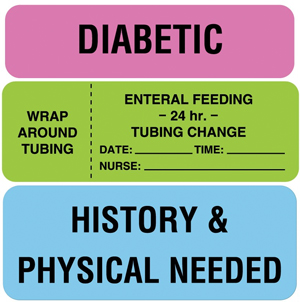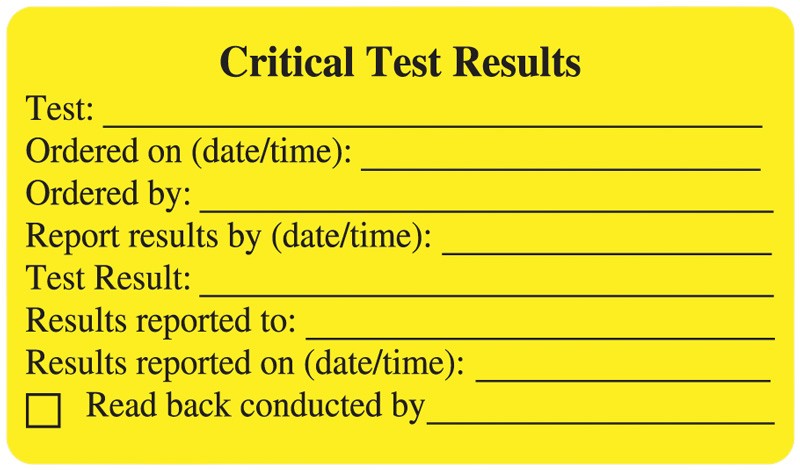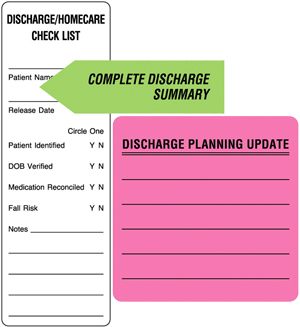Are extreme weather events occurring more frequently? Stories about floods, hurricanes, tornadoes, fires and other weather related events appear with increasing frequency in our news feeds. And, it’s not just hyperbole. The U.S. government’s national climate assessment found weather extremes are on the upswing. For example, very heavy precipitation events that cause flooding have increased significantly since 1991. Plus, Atlantic hurricane activity is escalating. In addition, these threats don’t just impact coastal regions, instead they affect most areas of the country. So as extreme conditions become the norm, the importance of hospital emergency management planning increases along with it.
In fact, the frequency of natural disasters is increasing. But, mitigating their impact requires both a long and short term approach.
Long Term Emergency Management Planning
With the changing weather patterns, emergency management planning committees are forced to consider safety options they haven’t considered in the past. For example, installing submarine type doors to prevent flooding was a building modification reserved for healthcare facilities located in coastal regions. But with heavy rainfalls and the subsequent flooding, it’s a topic that facilities in other geographic locations are now considering.
Plus, a long term plan includes more than just facility upgrades. Evacuation planning, identifying alternate care sites, assisting vulnerable populations such as dialysis and home ventilator patients are just a few of the adjustments to consider.
In fact, the Joint Commission recommends an “all hazards” approach. This allows you to prepare for a range of emergencies varying in scale, duration, and cause. In addition, they recommend this assessment tool to help revise and update existing disaster plans or develop new plans.
Short Term Emergency Management Planning
Certainly, advance warning of a weather event may allow you to take preventative steps to minimize potential patient care challenges. Yet to maintain medical care for patients, as well as effectively treat those injured as a result of them, operating in a manual mode may be the only way to provide service.
Switching To A Manual Process
Throughout the entire spectrum of patient care, digital processes drive the workflow. But, with lost or limited power, the clinical staff may lose the ability to access those systems. Moreover, backup generators service vital functions which may not include computer systems. As a result, switching to manual processes may be the only option.
Admission And Patient Wristbands
Without a working EHR system or a printer to generate a patient wristband, admitting a patient requires a plan B. A wristband that you can write on with a ballpoint pen or water resistant marker will allow the medical staff to confirm that treatments or procedures are intended for a specific patient and ensure proper patient care.
Patient Care Communication Labels
In addition, if you don’t have an updated medical record or access to one in the system, it’s essential to find other ways to communicate key patient data. Adding a label to the wristband is one way to denote care guidelines. You can communicate allergy alerts, fall risk, drug sensitivities and more by placing the appropriate label on the patient’s wristband for the medical staff to see.
Lab Test Labels
Although a natural disaster may limit certain hospital functions, if a lab test is required to determine how to proceed with patient care, it’s essential to have a mechanism that communicates the appropriate next steps. A critical lab test label allows you to convey important information to the patient care team.
Pharmacy
Furthermore, when patients require new medications, how do you generate a script? Manually entering information on paper RX pads, sheets or medication orders will keep the information flowing to the pharmacy so they can fill the prescription.
Discharge And Alternate Care Sites
Finally, if you are able to discharge patients who have completed care or when it’s necessary to transport ones that remain in your facility to alternate care sites, there are steps you can take to simplify the process. For example, a discharge checklist that steps through the patient verification process and provides medication instructions is useful when EHRs are inoperable. In addition, when transporting patients to alternate care facilities, colored wristbands are a handy way to identify the patients and the facility they are going to.
Next Steps
Although it takes significant planning and potential facility modifications to implement the most effective hospital emergency management plan, there are immediate steps you can take that allow you to maintain care in case of an unexpected event. Preparing an inventory of critical items you can easily access that allow you to operate when systems are down is one of those steps.
United Ad Label
United Ad Label supplies stock and custom labels that help healthcare organizations continue to operate when disaster strikes. Contact us to learn more.



